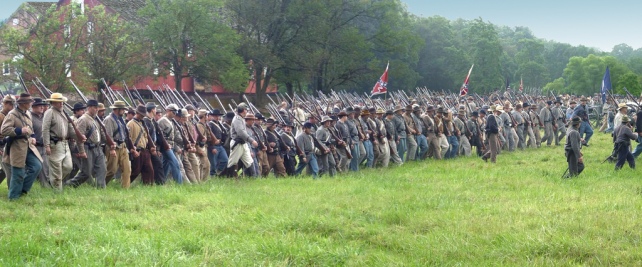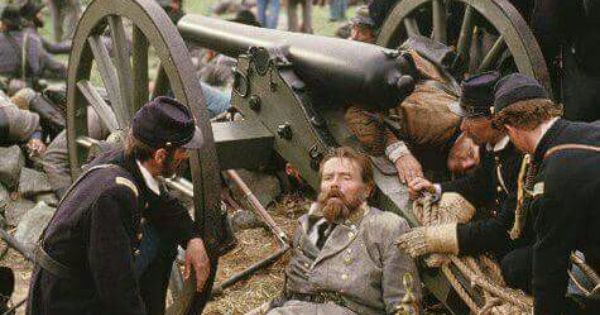In an alternate history, the June 1914 assassination of the heir-apparent to the Habsburg Empire may have led to nothing more than a regional squabble. A policing action in the Balkans.
July 1914 was a time of diplomatic bungling and escalating states of military readiness remembered today, as the July crisis. As it was, mutual distrust and entangling alliances drew the Great Powers of Europe into the vortex. On August 3, the “War to End Wars” exploded across the European continent.
The united States came late to the Great War remaining neutral, until April 1917. On May 10, 1915, President Woodrow Wilson gave what came to be known as his “Too Proud to Fight Speech”:
“The example of America must be the example not merely of peace because it will not fight, but of peace because peace is the healing and elevating influence of the world and strife is not. There is such a thing as a man being so right it does not need to convince others by force that it is right”.
Woodrow Wilson

While he failed to mention it directly, HMS Lusitania was torpedoed only three days before with the loss of 1,198 lives, 128 of them, were Americans. 94 of the dead were children.
No one doubted that the attack on the civilian liner was foremost on the President’s mind. In February, Imperial Germany had declared a naval blockade against Great Britain, warning that “On and after February 18th every enemy merchant vessel found in this region will be destroyed, without its always being possible to warn the crews or passengers of the dangers threatening“. “Neutral ships” the announcement continued, “will also incur danger in the war region“.
The reaction to the Lusitania sinking was immediate and vehement, portraying the attack as the act of barbarians and huns and demanding a German return to “prize rules”, requiring submarines to surface and search merchantmen while placing crews and passengers in “a place of safety”.

Imperial Germany protested that Lusitania was fair game, as she was illegally transporting munitions intended to kill German boys on European battlefields. Furthermore the embassy pointed out, ads had been taken out in the New York Times and other newspapers, specifically warning that the liner was subject to attack.
Nevertheless, the German policy of unrestricted submarine warfare was suspended for a time, for fear of bringing the US into the war against Germany.
President Wilson was elected back in 1912, talking about the sort of agrarian utopia favored by Thomas Jefferson. In 1916, the election was about war and peace. Wilson won re-election on the slogan “He kept us out of war”. It had not been easy. In Europe, WWI was in its second year while, to the US’ south, Mexico was going through a full-blown revolution. Public opinion had shifted in favor of England and France by this time. The German resumption of unrestricted submarine warfare therefore, threatened to tip the balance.
With Great Britain holding naval superiority on the surface, Germany had to do something to starve the British war effort. In early 1917, chief of the Admiralty Staff Admiral Henning von Holtzendorff argued successfully for the resumption of unrestricted submarine warfare. The change in policy took effect on February 1.
Anticipating the results of such a move, German Foreign Secretary Arthur Zimmermann dispatched a telegram to German ambassador to Mexico Heinrich von Eckardt on January 19, authorizing the ambassador to propose a military alliance with Mexico, in the event of American entry into the war.
“We intend to begin on the first of February unrestricted submarine warfare. We shall endeavor in spite of this to keep the United States of America neutral. In the event of this not succeeding, we make Mexico a proposal of alliance on the following basis: make war together, make peace together, generous financial support and an understanding on our part that Mexico is to reconquer the lost territory in Texas, New Mexico, and Arizona”.
Arthur Zimmermann

The American cargo vessel SS Housatonic was stopped off the southwest coast of England that February, and boarded by German submarine U-53. Captain Thomas Ensor was interviewed by Kapitänleutnant Hans Rose, who explained he was sorry, but Housatonic was “carrying food supplies to the enemy of my country”. She would have to be destroyed.

The American Captain and crew were allowed to launch lifeboats and abandon ship, while German sailors raided the American’s soap supplies. Apparently, WWI-vintage German subs were short on soap.

Housatonic was sunk with a single torpedo, the U-Boat towing the now-stranded Americans toward the English coast. Sighting the trawler Salvator, Rose fired his deck guns to be sure they’d been spotted, and then slipped away. It was February 3, 1917.
President Wilson retaliated, breaking off diplomatic relations with Germany the following day. Three days later, a German U-boat fired two torpedoes at the SS California, off the Irish coast. One missed, but the second tore into the port side of the 470-foot, 9,000-ton steamer. California sank in nine minutes, killing 43 of her 205 passengers and crew.

In Mexico, a military commission convened by President Venustiano Carranza quickly concluded that the German proposal was unviable, but the damage was done. British code breakers intercepted the Zimmermann telegram and divulged its contents to the American government, on February 24.
On March 1, the contents of Zimmermann’s note were published in the American press. Even then, there was considerable antipathy toward the British side, particularly among Americans of German and Irish ethnicity. “Who says this thing is genuine, anyway”, they might have said. “Maybe it’s a British forgery”.

The media itself cast a skeptical eye until Zimmermann himself put an end to such speculation, telling an American journalist two days later, “I cannot deny it. It is true.”
What the German foreign secretary hoped Americans would see as mere contingency, US public opinion saw as an unforgivable affront to American neutrality.
Given the confluence of events the Ambassador’s note, was the last straw. Wilson’s War Cabinet voted unanimously for a declaration of war on March 20. The President delivered his war address before a joint session of Congress, two weeks later. The United States Congress declared war on Imperial Germany, on April 6.

Afterward
At the time, Germany claimed the Lusitania carried contraband munitions. The story seemed to be supported by survivors’ reports of secondary explosions, within the stricken liner’s hall. In 2008, the UK Daily Mail reported that dive teams had reached the wreck, lying at a depth of 300 feet. Divers reported finding tons of US manufactured Remington .303 ammunition, about 4 million rounds, stored in unrefrigerated cargo holds in cases marked “cheese,” “butter” and “oysters”.













































You must be logged in to post a comment.